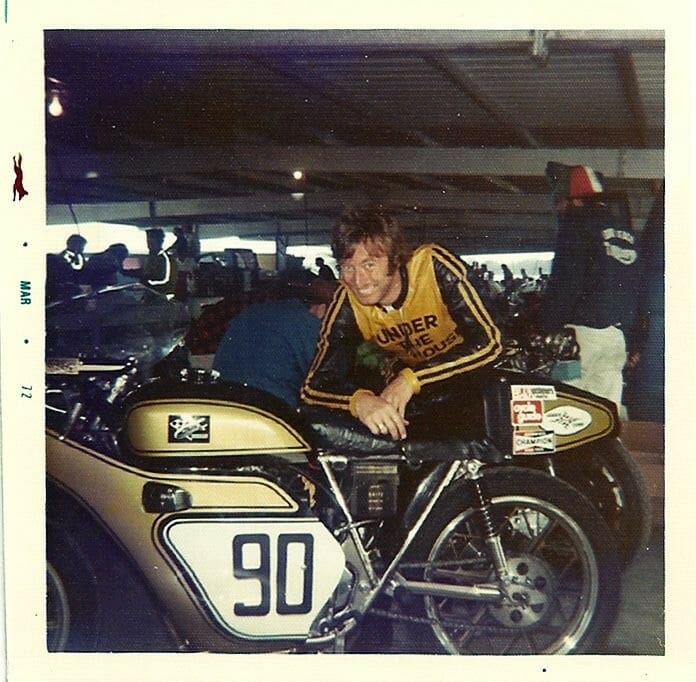This is what I'm talking about The 1968 Commandos ridden by George Kerker and Art Ninci. Just leaving the 1 foot square license plate air dam was worth negative 5 MPH down the straights. The tires were scary and the riders were brave. If the Nortons could win like they did in stock trim, there was a heck of a lot more you could get from one, just with simple mods.
Back when I rode in the late 1980s, the grids were filled with big bikes and pro level riders in the field with some well developed "factory like" equipment. I did OK winning #1 plates several times in a row. Then when I finally got real racers needing rides, the fun really began, and they made CHR Commandos a frequent visitor to Victory Circle. Our club USCRA was like a wrecking crew when it came for AHRMA and Can Am races, lots of fast bikes from elsewhere went home with few points due to the USCRA's stranglehold. Commandos actually became respected again as the great bike they are. And old racers got to do what they do best, ride like the wind.
No matter who the racer is , he needs a decent bike to win and one that can finish.
George Kerker was an innovator and an unforgettable personality

www.cyclenews.com

magazine.cycleworld.com


